Today, we are going to be getting up close with a very tiny, yet very deadly snake!Introduction Copperhead (Agkistrodon contortrix) and cottonmouth or water moccasin (Agkistrodon piscivorus) snakes account for the majority of venomous snakebites in the southern United States Cottonmouth snakes are generally considered to have more potent venom Copperheads are considered less venomous and there is some controversy as to whether or not Biologist says be on the lookout for baby copperheads The copperhead varies in color from pink to tan, with dark brown spots down its body These snakes can reach a length of 4 feet, but adults
Poisonous Snakes Of Georgia The Cotton Mouth Georgia Land Sales Blog
Cottonmouth baby copperhead snake georgia
Cottonmouth baby copperhead snake georgia- Northern Copperhead, Agkistrodon contortrix is a venomous pit viper found in Eastern North America Copperhead snakes are common in large parts of the United States Where adult snakes can be found, baby copperhead snakes are almost guaranteed to be around the same parts at their most active time of year You are likely to spot a copperhead baby closer toCottonmouth snakes are generally considered to have more potent venom Copperheads are considered less venomous and there is some controversy as to whether or not bites from copperhead snakes need to be treated with antivenom Copperhead and juvenile cottonmouth snakes are both brown in color



Copperhead Snake Information Facts
There are six venomous snake species in Georgia (Copperhead, Pigmy Rattlesnake, Timber Rattlesnake, Cottonmouth, Eastern Diamondback Rattlesnake, Eastern Coral Snake), and 39 nonvenomous snake species Most snakes you see will likely be nonvenomousCopperheads Posing Threat ( US News); Brooklyn Bell, 6, was bitten by a copperhead snake while walking in Conyers Brooklyn's mother, Sonia Bell, rushed her daughter to the
Creek Walking and Tin Flipping for Snakes in Georgia! Georgia's climate is warm for much of the year, making it a suitable environment for snakes Pit vipers and eastern coral snakes make up most of the roster for Georgia snake identification Some of Georgia's nonvenomous snakes look similar to the venomous species, so you should know the differencesSnake species The United States has about 30 species of venomous snakes, which include 23 species of rattlesnakes, three species of coral snakes, two species of cottonmouth, and two species of copperheadAt least one species of venomous snake is found in every state except Hawaii, Rhode Island, and Alaska It has been estimated that 7,000–8,000 people per year
When fishing we often see plenty of wildlife However, on a recent trip to the Blue Ridge Mountains in North Georgia a copperhead snake swam up alongside us Copperheads And Similar Looking Harmless Species Georgia Copperhead FactsLuckily, copperhead venom is not very potent and deaths from copperhead bites are exceedingly rare Most snake bites occur when someone tries to kill or harass a snake, so the best way to avoid a bite is to leave any snake you find alone Conservation Status Copperheads are locally abundant and are not listed at the state, federal, or heritage
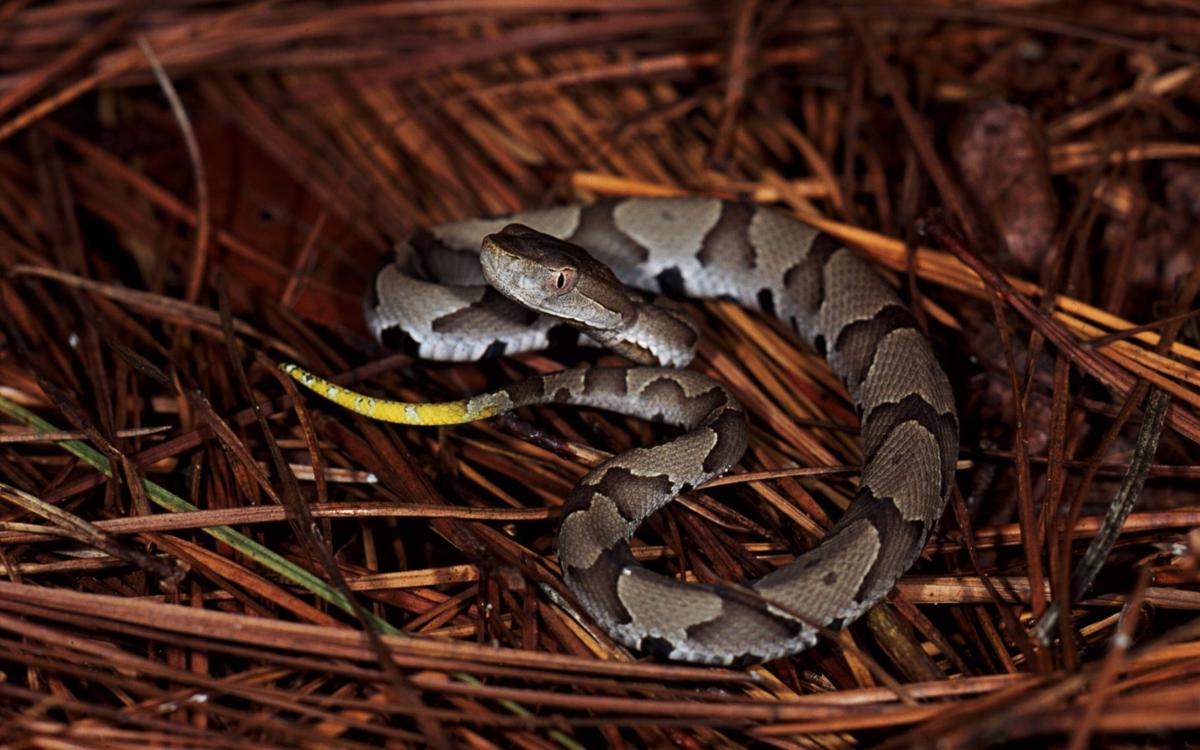



Yellowtails Bright Tip On A Juvenile Snake Id S It As A Pit Viper Copy Sports Timesleader Net




The Cottonmouth Myth The Orianne Society
印刷可能 cottonmouth baby copperhead snake georgia Copperhead (Agkistrodon contortrix) is a term that refers to any of five different subspecies of venomous snakes found mostly in the southern United StatesThey are most often encountered in states like Missouri, Arkansas, North Carolina, Tennessee, Louisiana, MississippiCopperhead Agkistrodon contortrix lizards, snakes, amphibians, and insects, especially cicadas Like young cottonmouths, baby copperheads have a bright yellow tail that is used to lure small prey animals Canebrake or Timber Rattlesnake snakes, and frogs Cottonmouth (Water Moccasin) Agkistrodon piscivorus AbundantThe cottonmouth, also known as the water moccassin is closely related to the copperhead Young cottomouths and copperheads are sometimes difficult to distinguish from one another by the untrained eye Cottonmouths inhabit areas near water such as slow moving creeks, rivers, swamps and even retention ponds and ditches
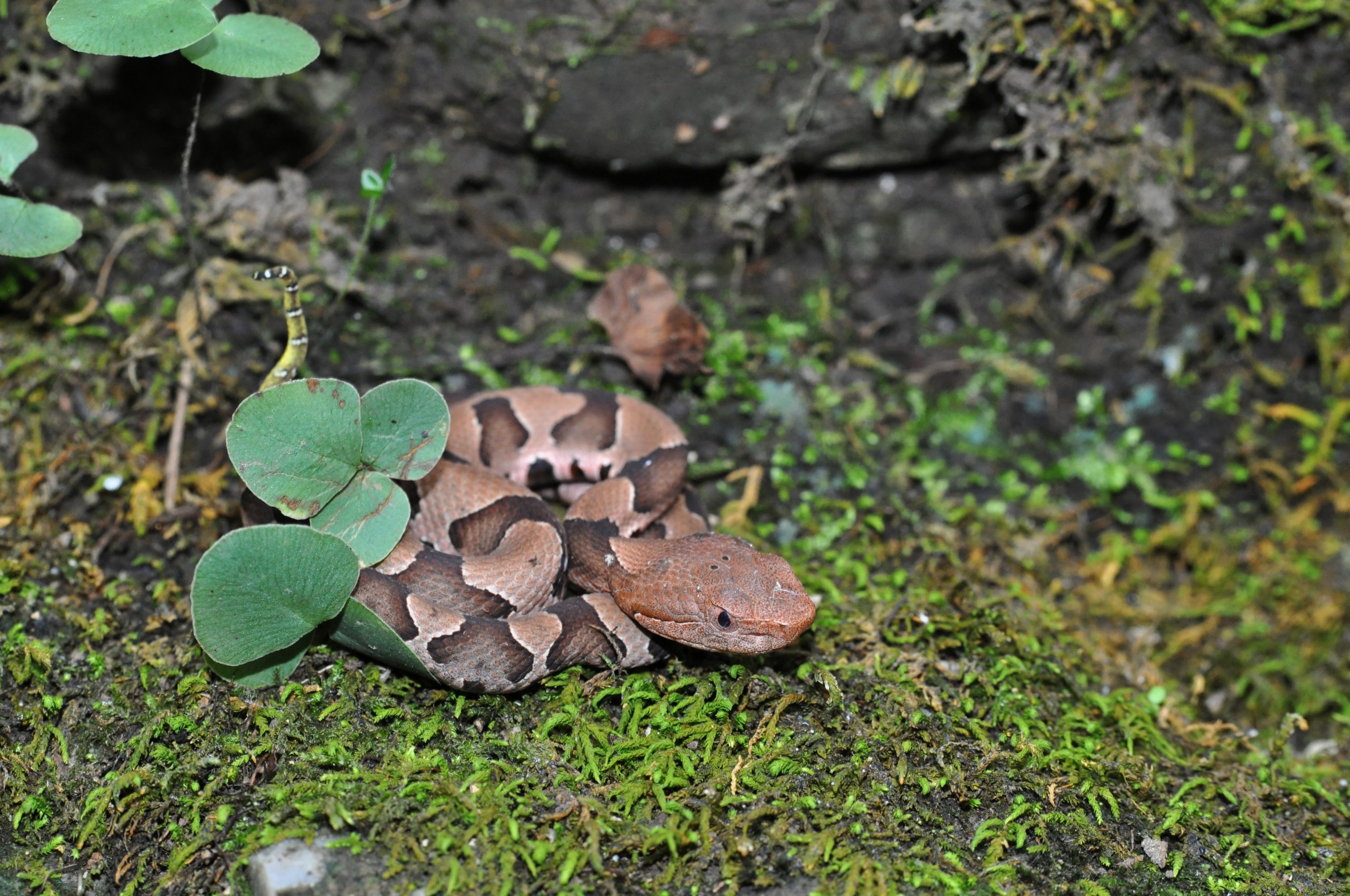



How To Identify A Baby Copperhead Snake 21 Pictures




Baby Copperheads How To Identify Them And Get Rid Of Them
Like the copperhead snake, young cottonmouths will use their tails to lure amphibians to them Once the unsuspecting frog or salamander is close enough, the baby cottonmouth snake will strike This method of attracting prey is called 'caudal luring' Cottonmouth factsYou've seen the headlines about snakes in Georgia, right?As with the Copperhead, the yellowish tip turns dark with age Prepared by Alvin Braswell 31 July 16 Photos property of NC State Museum of Natural Sciences Reproduction by permission only See the Museum's web site (wwwnaturalsciencesorg) for a free pdf of Venomous Snakes of North Carolina booklet look under




Agkistrodon Piscivorus Wikipedia




How To Identify Snakes In Sc Nc Ga
What kind of snakes does Georgia have?Level 1 Ymysohighguy 1y You should google baby copperhead, so you don't mistake this or any other snake for one again 11 level 2 TheChuck42 1y Reliable Responder Problem with that is that Dekay's come up in about 3 of the first 10 images when googling baby copperheadThe eastern cottonmouth eats both warm and coldblooded prey that includes other snakes, fish, frogs, salamanders, lizards, small turtles, baby alligators, birds, mice, and other small mammals Prey such as frogs, fish, and other snakes are held in the jaws for a few minutes after capture to allow them to succumb to the venom



Rat




Scouting Snake Identification
Copperhead snake bites on the rise in Georgia ( Fox News);These stories felt like sensational journalisma common scare tactic So, I reached out to my Just because the patterns on a baby Agkistrodon are clear does not mean it is a Copperhead This is where it's important to see if the hourglasses are messy or not Again, Copperhead bands are relatively crisp, Cottonmouth bands are not That said, in some regions Copperhead markings can get kind of messy, check out Kentucky animals, for example
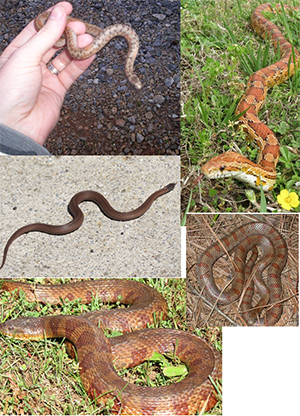



The Copperhead Snake Is Often Misidentified




Species Profile Cottonmouth Water Moccasin Agkistrodon Piscivorus Srel Herpetology
American copperhead (Agkistrodon piscivorus), Also known as cottonmouth, it is toxic Snake Found in the southeastern United StatesThey are called pit vipers because of the white color inside their mouth that appears when threatened Cottonmouth is semiaquatic, so it is comfortable both to swim in the water (hence the alias of water moccasins) and to sunbathe onCottonmouth Snake Vs Rattlesnake 5 Gif Find Make Share Gfycat Gifs Cotton Mouth Snake GroundAnswer (1 of 10) No, they're not poisonous They're venomous Snakes don't provide maternal care for their offspring And though copperheads are pit vipers and give live birth, the mother and babies only stay together briefly Babies are equipped with a full supply of venom that it hasn't yet le




Georgia Wild Little Snakes Youtube




Baby Copperhead Lake Oconee Ga Check Out The End Of It S Tail Snake Was About 7 Inches Long But Looks Much Larger In Photo It I Snake Reptiles Snake Venom
2550 An amazing day of Fall flipping and a few successful roadcruising outings!Snake Bites Began Early in 17;The Copperhead (Agkistrodon contortrix) is by far the most wide spread venomous snake of Georgia (and the US) They can be found ALL over Georgia (except some southern counties bordering Florida) There are five subspecies of copperhead (3 are in Georgia);
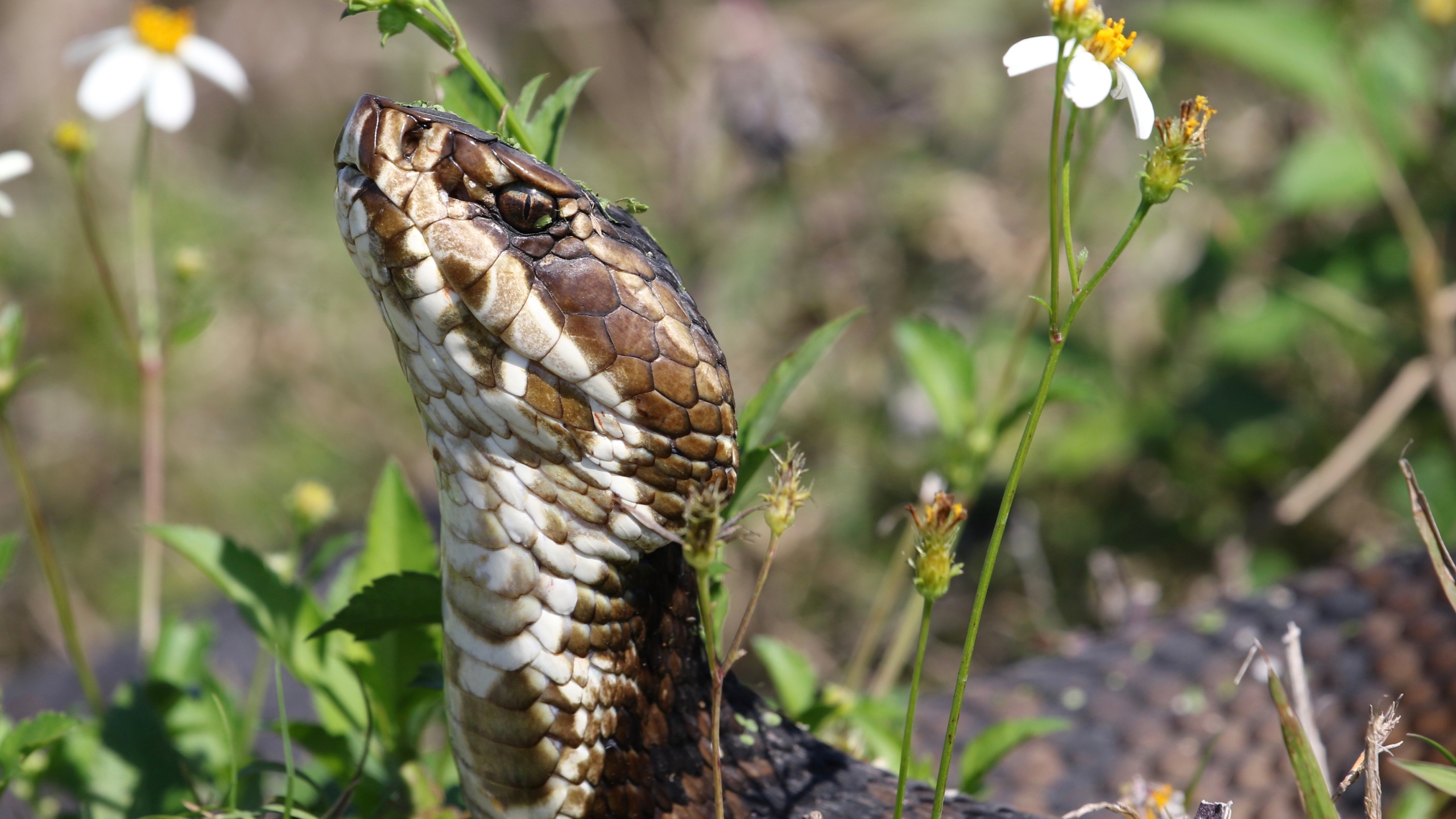



Cottonmouth Snakes Facts About Water Moccasins Live Science
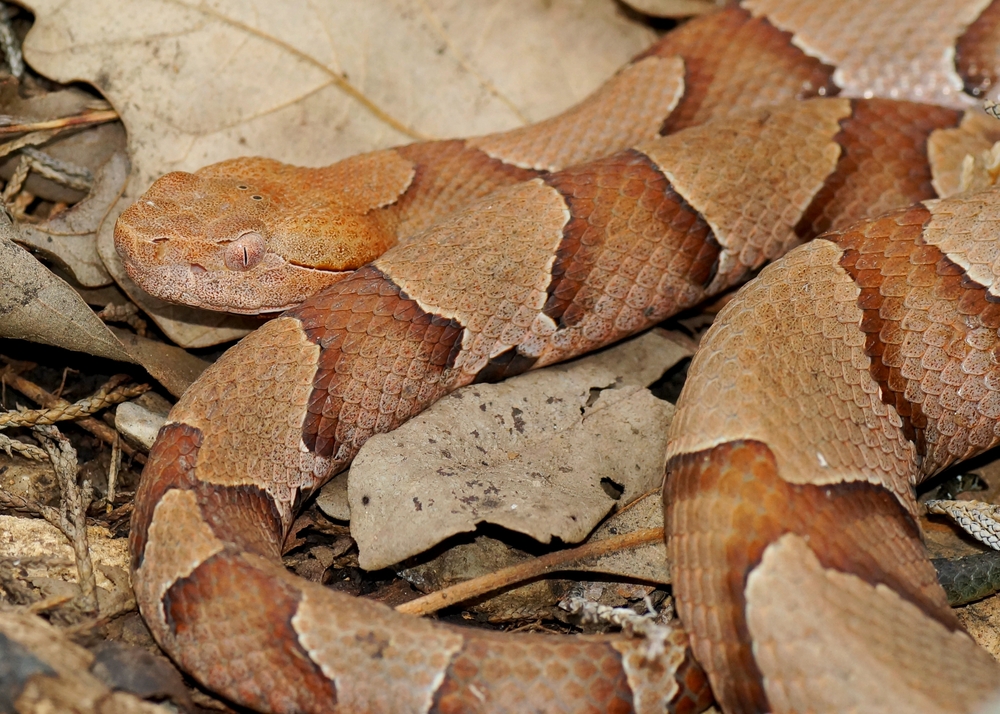



Copperhead Snakes Facts Bites Babies Live Science
Copperhead (Agkistrodon contortrix) is a term that refers to any of five different subspecies of venomous snakes found mostly in the southern United StatesThey are most often encountered in states like Missouri, Arkansas, North Carolina, Tennessee, Louisiana, Mississippi, Alabama, Kentucky, West Virginia, Texas, Georgia and more Many people get them confusedIts venom may not be as potent as that of a cottonmoCopperhead, Cottonmouth, and Kings!




Snakes In Georgia The Good The Bad And The Truth




How To Identify A Baby Cottonmouth Snake 16 Helpful Photos
Snakebites in Georgia up 40 to 50 percent this year ( WSB);Northern Copperhead, Agkistrodon contortrix is a venomous pit viper found in Eastern North America Copperhead snakes are common in large parts of the United States Where adult snakes can be found, baby copperhead snakes are almost guaranteed to be around the same parts at their most active time of year You are likely to spot a copperhead baby closer to habitats where Snakes of Georgia There are approximately 40 species of snakes found in Georgia But only six of these species are venomous (or "poisonous") snakes the Copperhead the Canebrake (or Timber) Rattlesnake the Eastern Diamondback Rattlesnake the Pygmy Rattlesnake the Water Moccasin ("Cottonmouth"), and the Eastern Coral Snake




How To Identify A Cottonmouth Snake
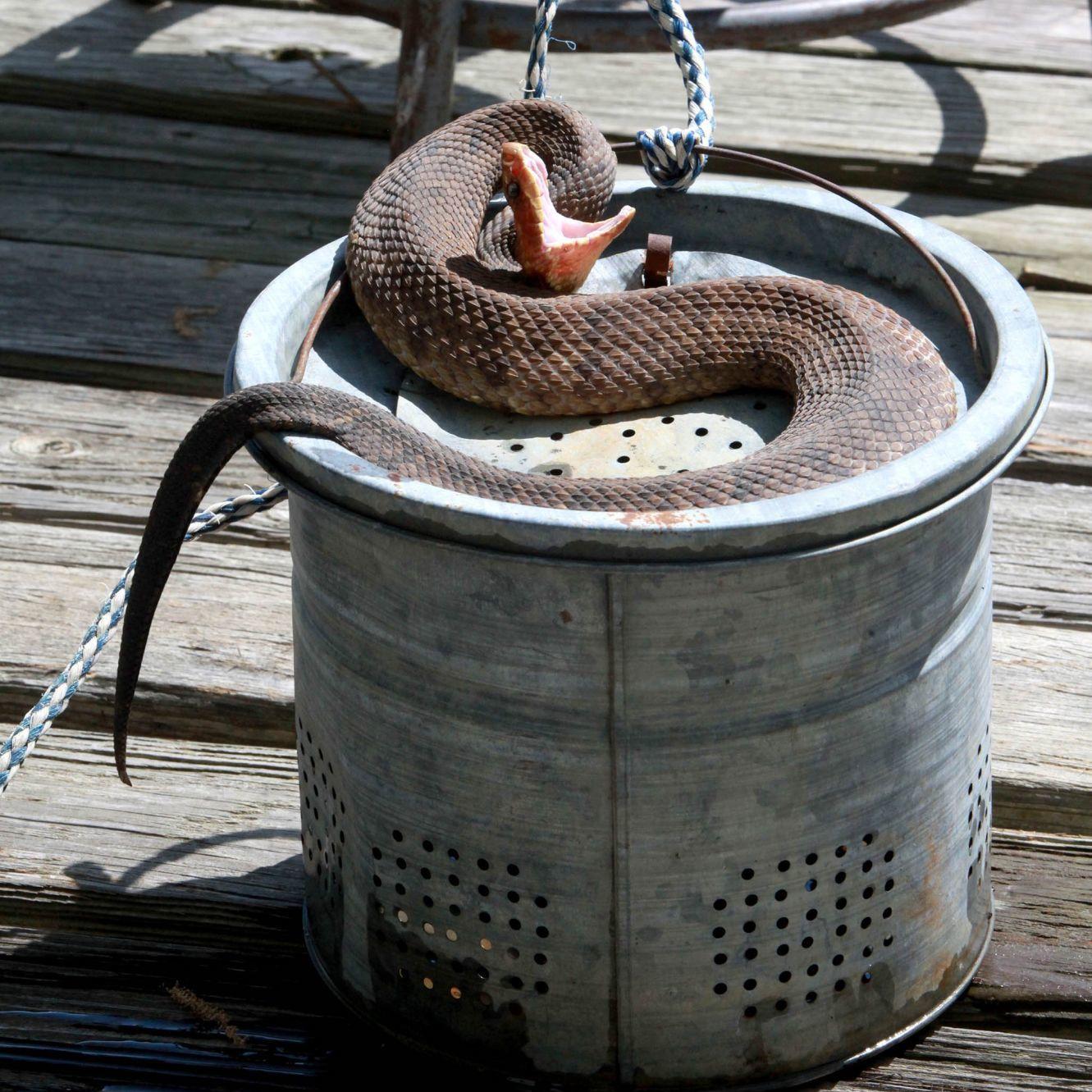



Kelly Bostian Know The Difference Between A Water Snake And A Cottonmouth Before Going Outdoors Sports News Tulsaworld Com
Without tales of the snake also known as the water moccasin The cottonmouth is a semi aquatic freshwater snake, closely related to the terrestrial copperhead ( A contortrix) Identification Cottonmouths are often difficult for the lay person to identify because the snakes exhibit so many variations in color and pattern They are generallyAnswer (1 of 4) A cottonmouth is basically the larger, cousin to the copperhead, that is found only in the southern states and Latin America Neither is a pleasant experience to be bitten by, but, being larger with more venom per bite the cottonmouth has produced a few fatalities every decade The cottonmouth or water moccassin is a relatively common snake in our area and is probably the most frequently seen of our poisonous snakes The cottonmouth or Agkistrodon piscivorus is a dark thick bodied water snake They range anywhere from ″ to approximately 74″ in length Their coloring varies slightly but is generally dark olive or



6 Most Dangerous Snakes In Georgia Gafollowers




The Definitive Guide To Snakes In Forsyth County Forsyth News
Since many share overlapping territories they will often cross breedVenomous snakes pose very little threat to humans who leave them alone The vast majority of snakebites result from people attempting to capture, harass or kill them Water Moccasins (cottonMouths) vs Water snakes Five species of large water snakes are native to Georgia —eastern green water snake (Nerodia floridana), brown water snakeBaby Copperhead Snake Georgia images, similar and related articles aggregated throughout the Internet



3
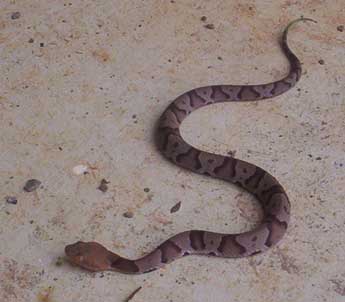



Georgia Snakes In The Fall
Cottonmouth Archives USA Snakes April and May are Heavy Birthing Months for Many of Georgia's Snake Species Cobb County Georgia Coronella austriaca, Smooth Snake, identification guide Baby Copperhead Snake Georgia Black Rat Snake Georgia Georgia Garden Snakes GA Snakes Identify Common Georgia Snakes Brown Water Snake Georgia If you find a snake of this description in Florida outside the Apalachicola River Valley or the extreme western end of the Panhandle, chances are that you have instead found a young cottonmouth or a nonvenomous watersnake Within the range of the copperhead in Florida, there are three snake species that can look similarPhotos Six Venomous Georgia Snakes You Need To Avoid Snakes In Georgia The Good The Bad And
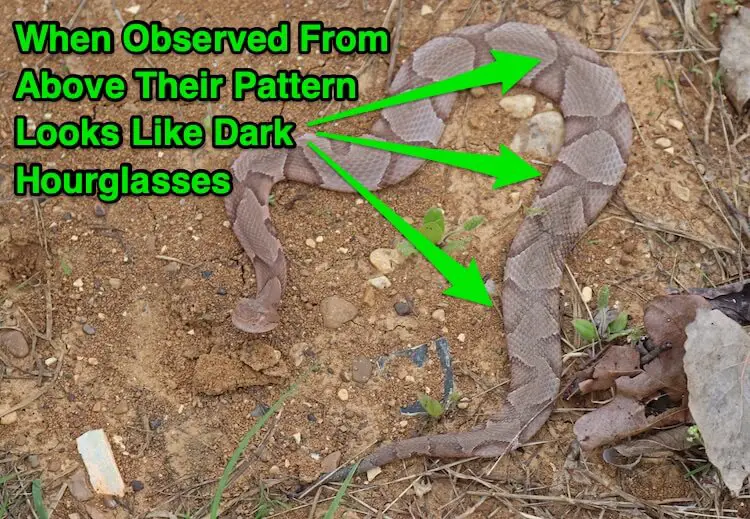



7 Ways To Identify Prevent Remove Baby Copperhead Snakes Everything Reptiles
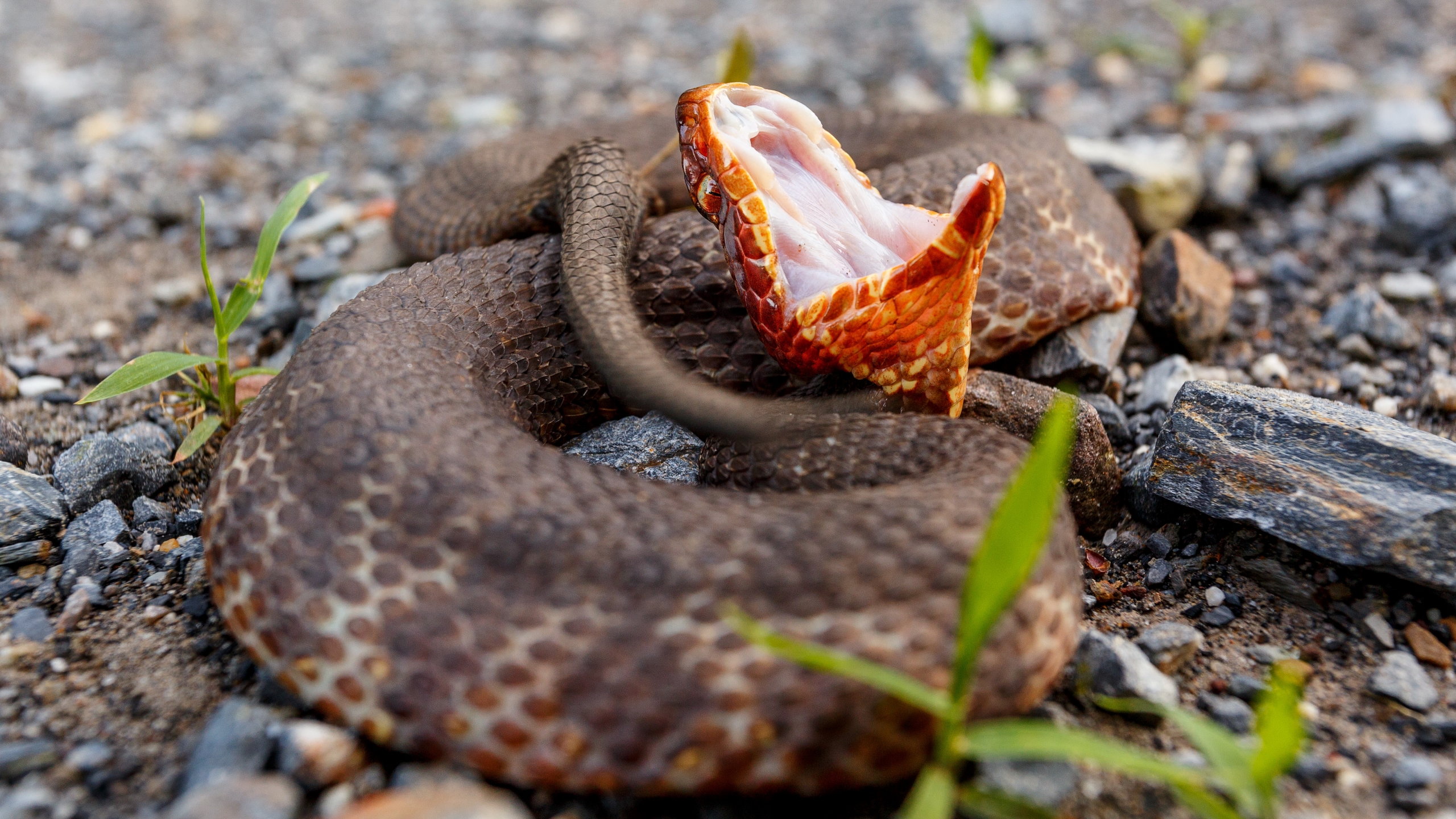



Cottonmouth Snakes Facts About Water Moccasins Live Science
The Cottonmouth Snake (Agkistrodon piscivorus) is also known as the water moccasin, the black moccasin and the black snake The name cottonmouth comes from the fact that its mouth looks like cotton when it is open The Cottonmouth Snake has been considered aggressive, however, studies have shown that this is not necessarily true The CottonmouthThe Copperhead gets its name from the coppery color on the top of its head The copperhead is responsible for most of the venomous snake bites in the Southeastern US Fortunately, they are not aggressive Most bites occur as a person attepmts to kill or catch a snake Leaving this snake alone is the best decisionIn fact, we should welcome them!
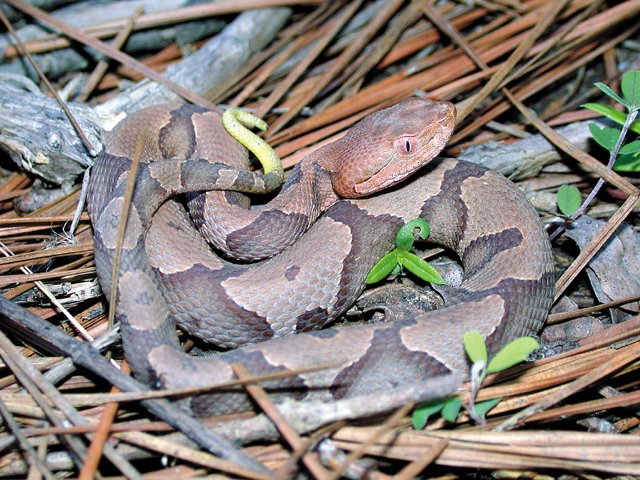



Venomous Snakes In S C Www Scliving Coop
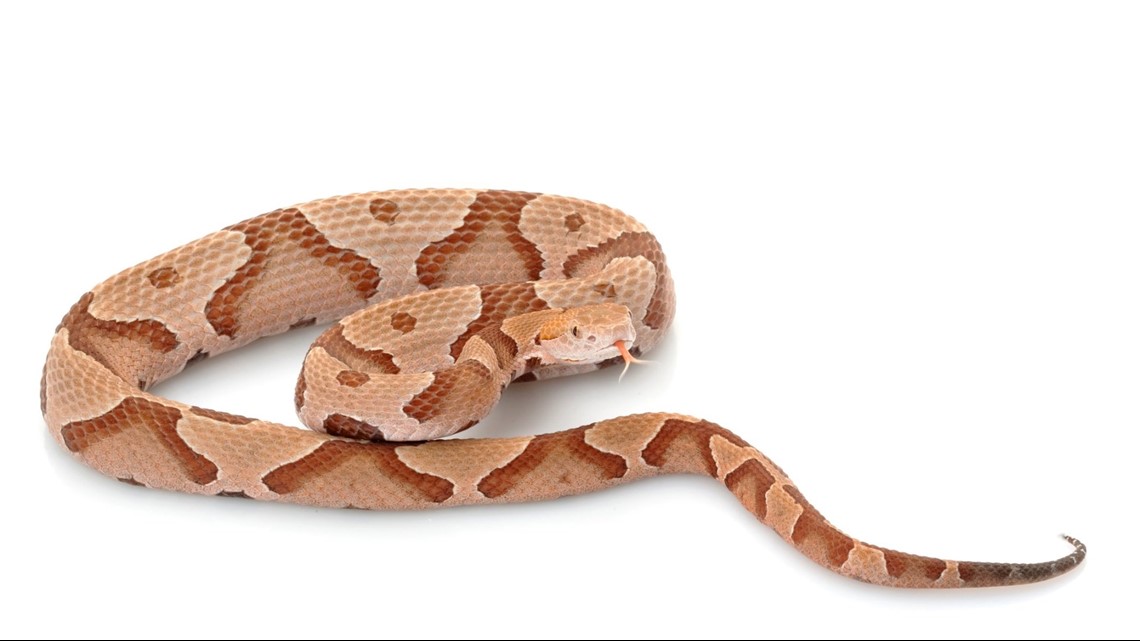



Your Guide To The Six Venomous Snakes In The Carolinas Wcnc Com
Similar to the copperhead snake, baby cottonmouths utilize their brightly colored tail to attract amphibious prey They wiggle their tails to imitate a worm and when an unsuspecting frog comes in for a bite, the cottonmouth will strikeFall is in full swing and there are lots of snakes to be found!Kingsnakes, Queensnakes, and Bitey Baby Racers!




Copperhead State Of Tennessee Wildlife Resources Agency




Tiny But Deadly The Baby Copperhead Youtube
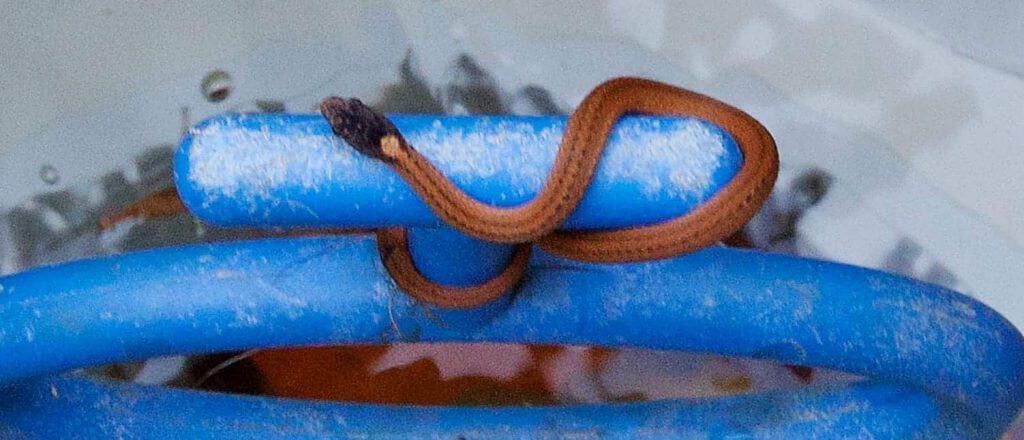



Baby Copperhead Snake Identification Guide Look For These 5 Things Embora Pets
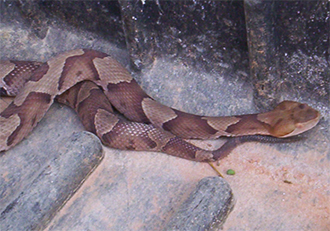



The Copperhead Snake Is Often Misidentified
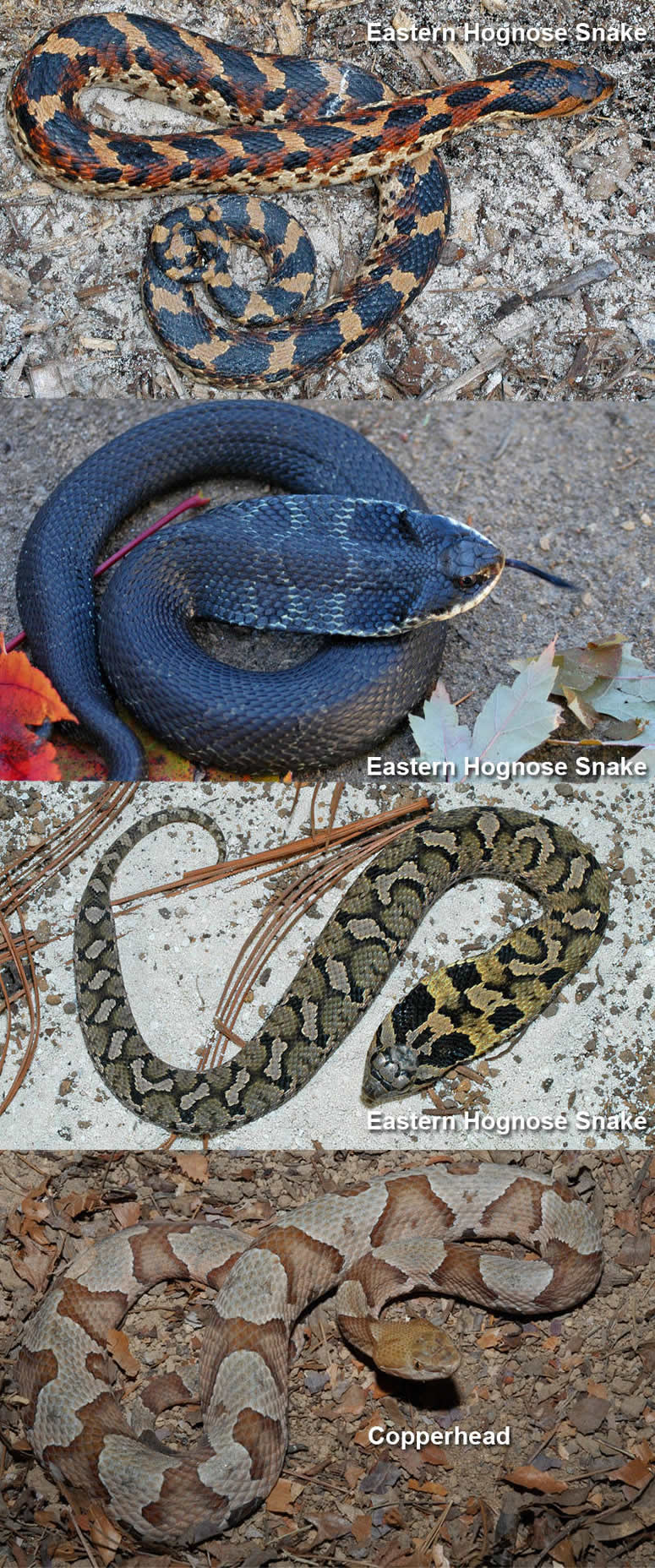



Copperheads And Similar Looking Harmless Species




South Carolina Venomous Snake Guide Photo Gallery Wciv
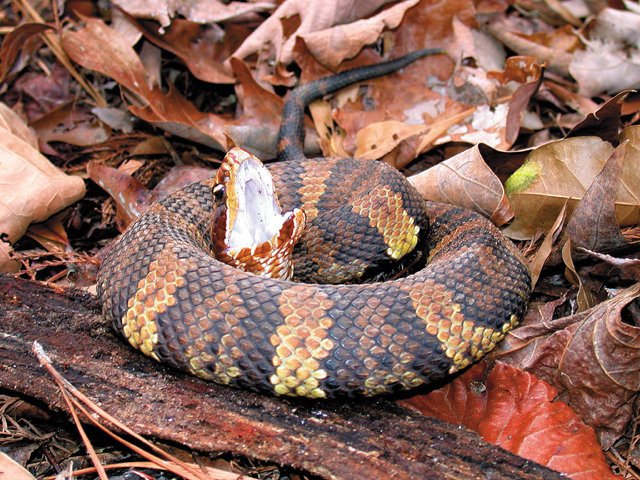



Venomous Snakes In S C Www Scliving Coop



Poisonous Snakes Of Georgia The Cotton Mouth Georgia Land Sales Blog




Copperhead Snakes And Water Snakes The Infinite Spider
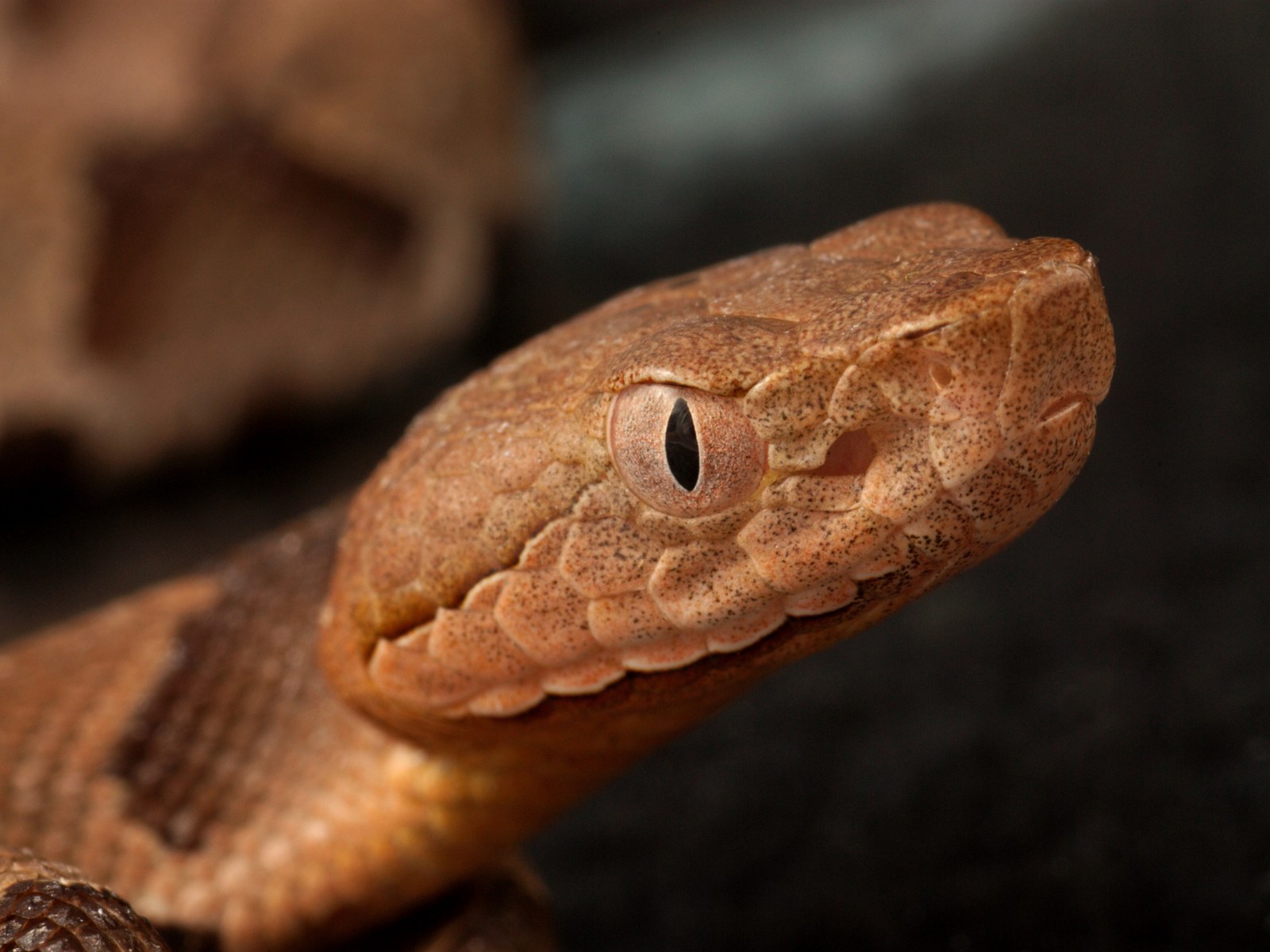



It S Baby Copperhead Snake Season Here S What You Need To Look Out For




Vanguardcycles S Blog Pictures Of Baby Copperhead Snakes Showing 1 1 Of 1



How To Identify A Cottonmouth Snake



Copperhead Snake Information Facts




Southeastern Reptile Rescue Identifyasnake




A Field Guide To Commonly Misidentified Snakes




Baby And Juvenile Florida Cottonmouth Snakes Scavenging For Small Fish Download Scientific Diagram
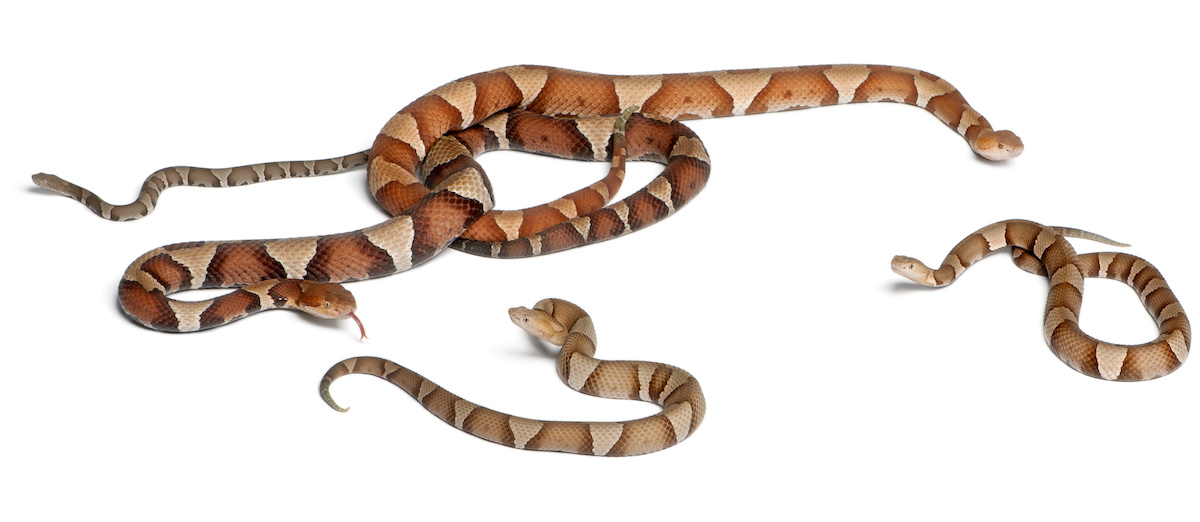



Prime Time For 41 Baby Snake Species To Be Born Proactive Pest Control




Snakes Are Out Reduce Encounters Agrilife Today




How To Identify A Cottonmouth Snake
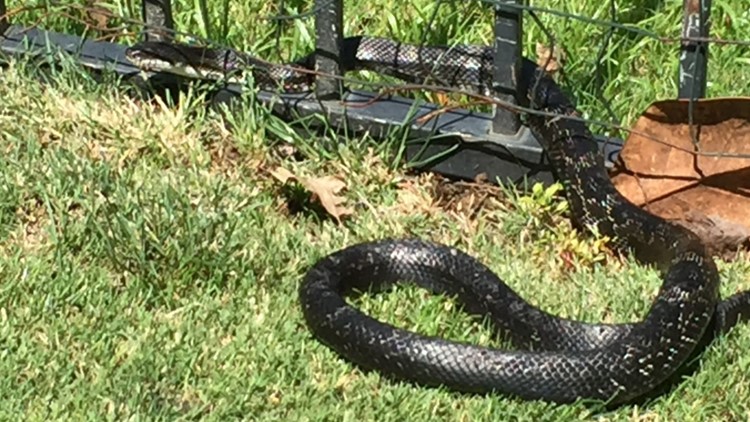



Snakes Found In Georgia 11alive Com




Your Guide To The Six Venomous Snakes In Georgia 13wmaz Com
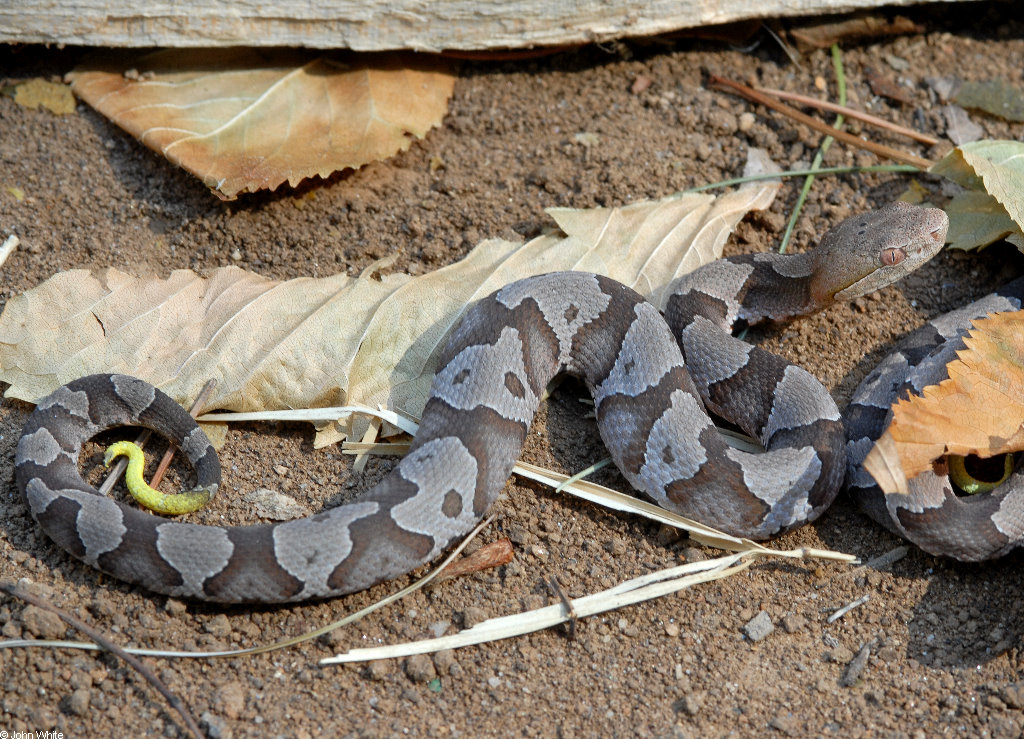



Copperheads And Similar Looking Harmless Species




The American Copperhead Snake Agkistrodon Contortrix Desertusa




A Field Guide To Commonly Misidentified Snakes




Watch Out For Copperhead Snakes Around Lake Hartwell Lake Hartwell Guide
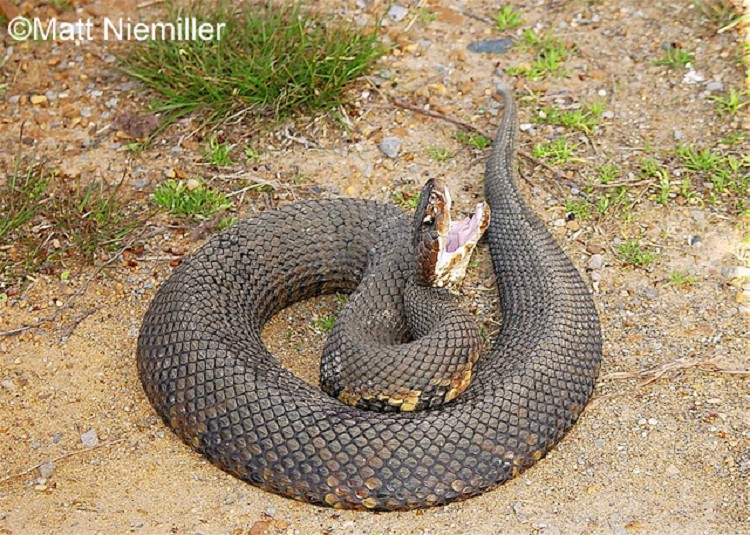



Cottonmouth State Of Tennessee Wildlife Resources Agency




Snakes In Georgia The Good The Bad And The Truth



Baby Copperhead Season Has Begun In Carolinas What To Know The State
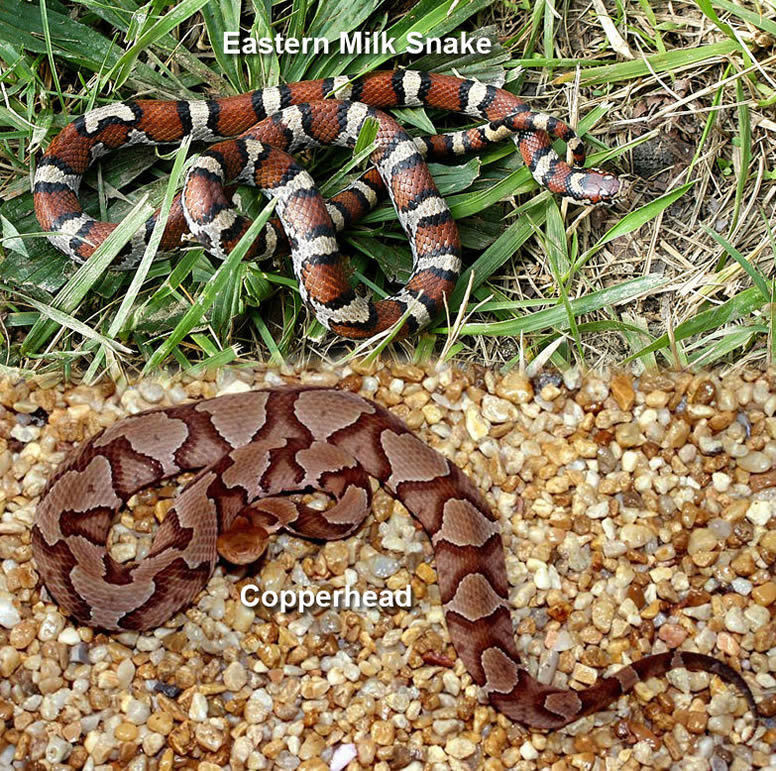



Copperheads And Similar Looking Harmless Species




Copperheads Vs North Georgia Water Snakes
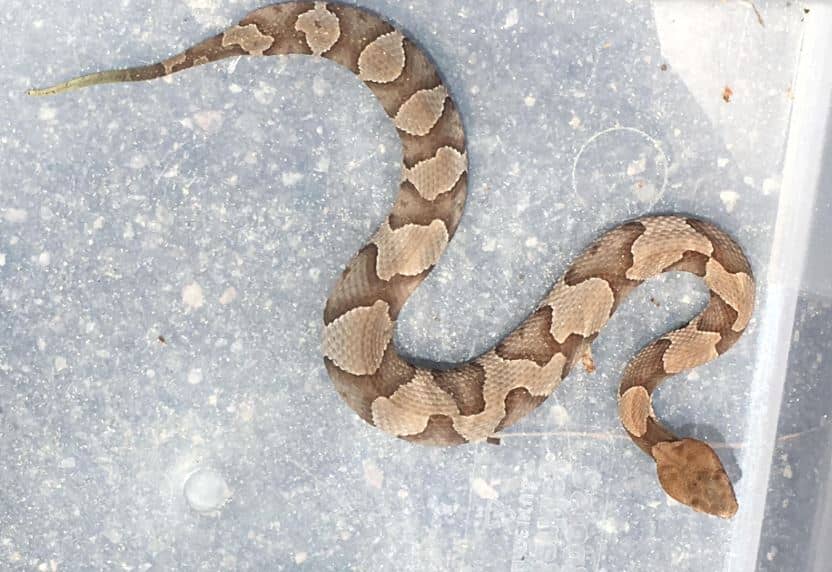



How To Identify A Baby Copperhead Snake 21 Pictures




Pin On Misc




Snakes In Georgia The Good The Bad And The Truth
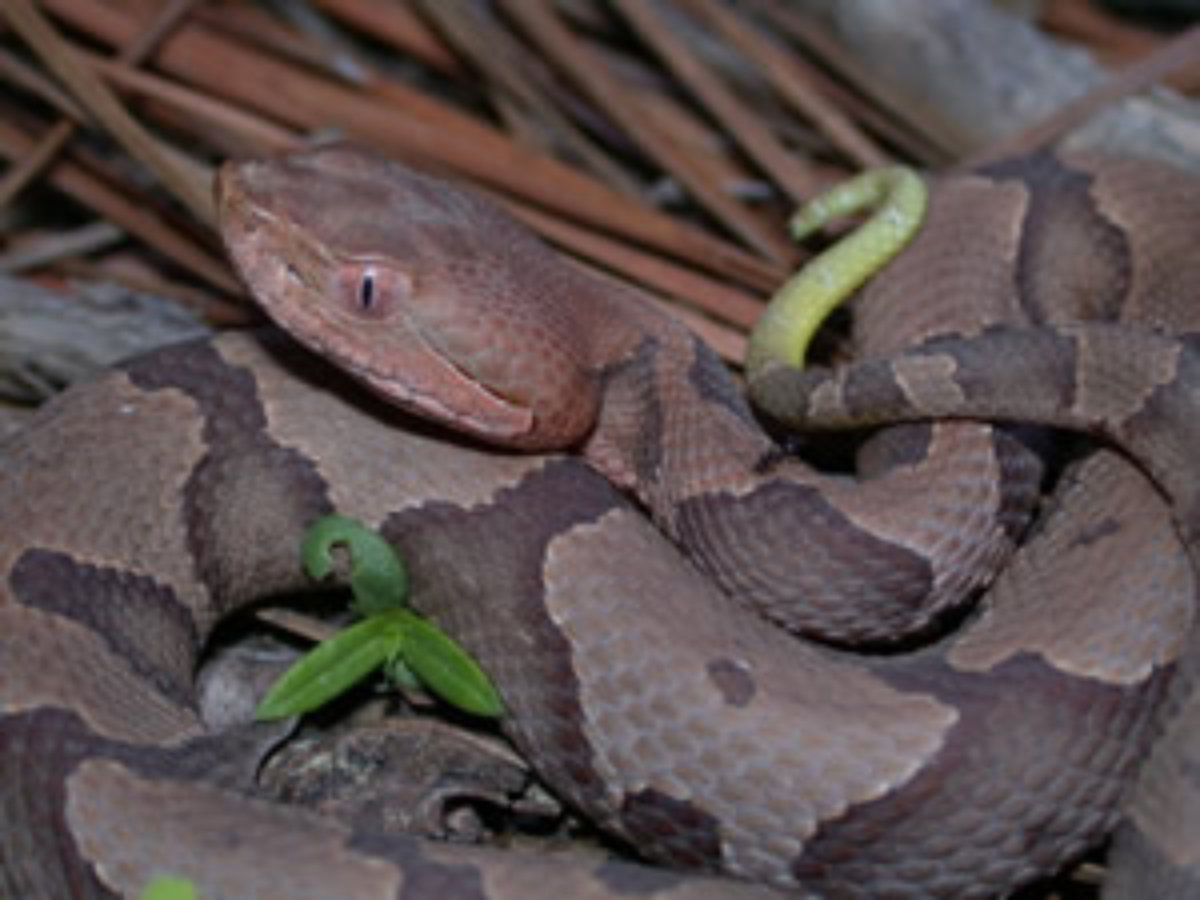



Baby Copperheads Are Out Walterboro Live
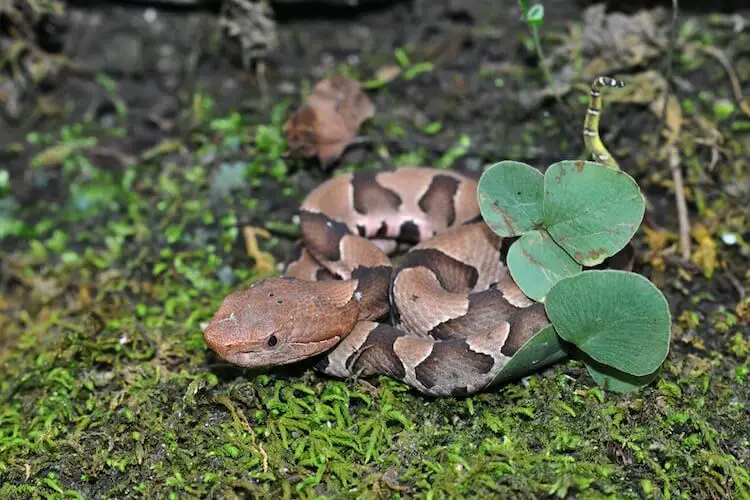



7 Ways To Identify Prevent Remove Baby Copperhead Snakes Everything Reptiles




Baby Copperheads How To Identify Them And Get Rid Of Them



6 Most Dangerous Snakes In Georgia Gafollowers



3



Poisonous Snakes Of Georgia The Cotton Mouth Georgia Land Sales Blog




How To Identify A Baby Copperhead Snake 21 Pictures




Georgia Snakes 101 Stone Mountain Ga Patch
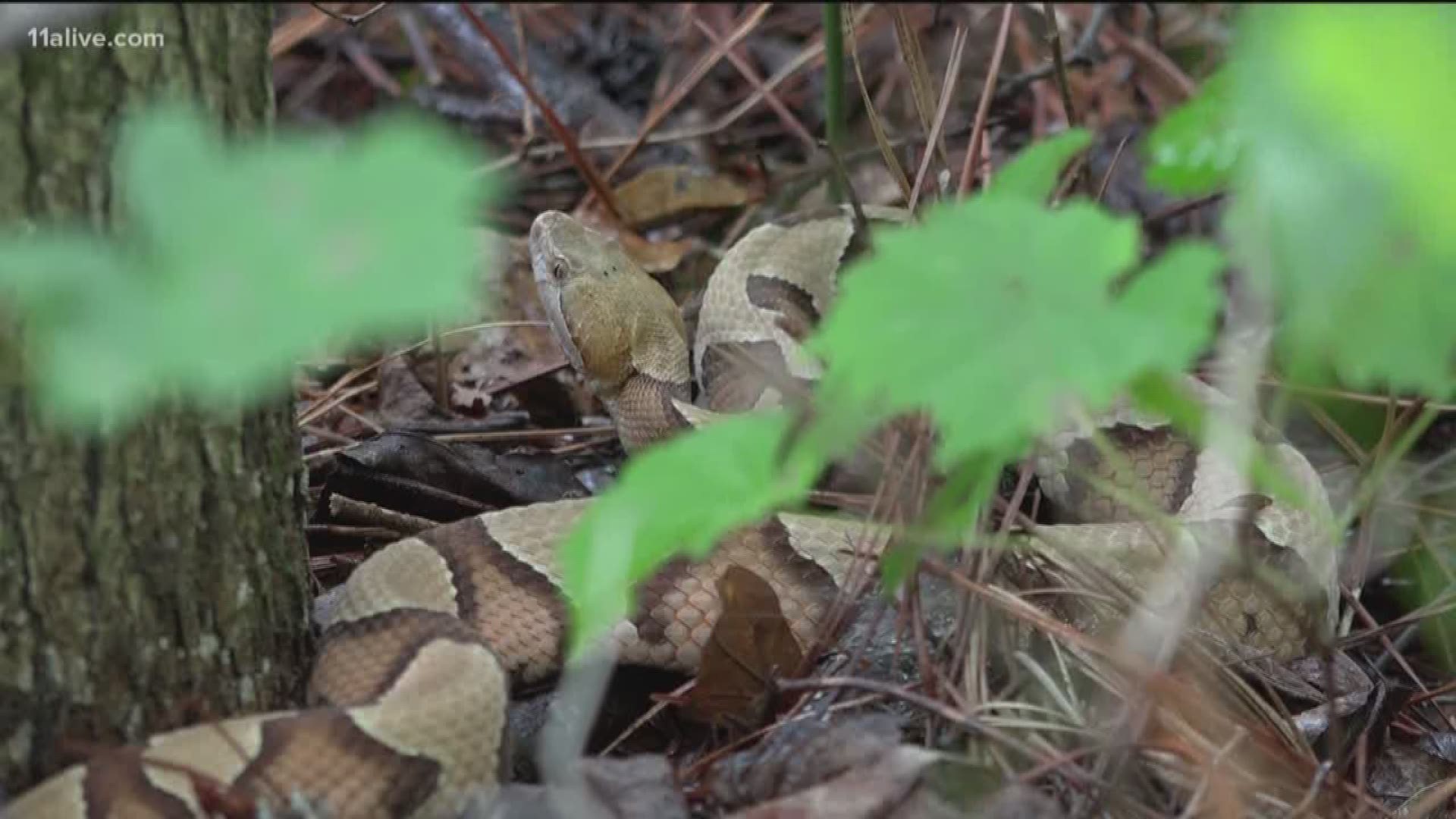



Snakes Found In Georgia 11alive Com



6 Most Dangerous Snakes In Georgia Gafollowers
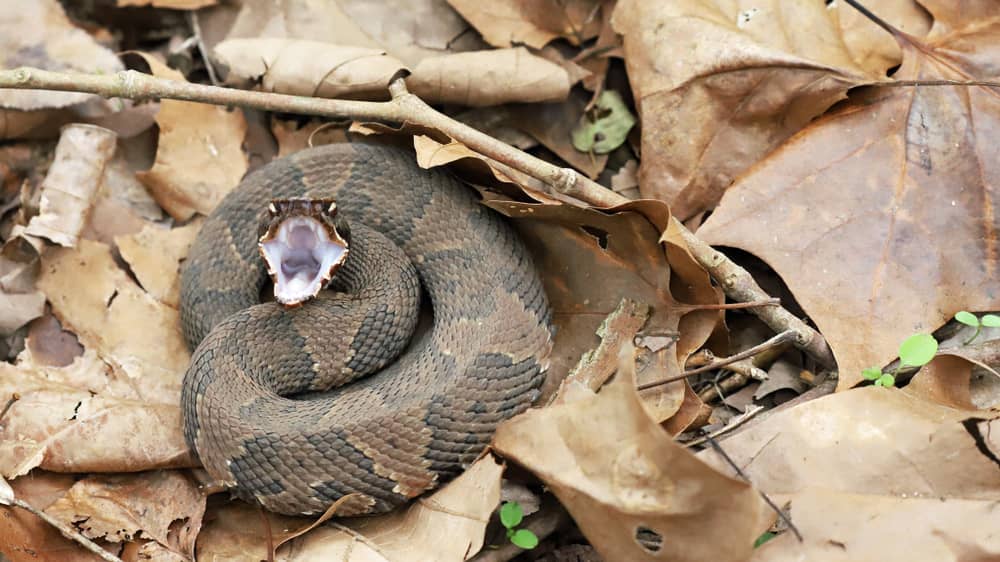



How To Identify A Baby Cottonmouth Snake 16 Helpful Photos
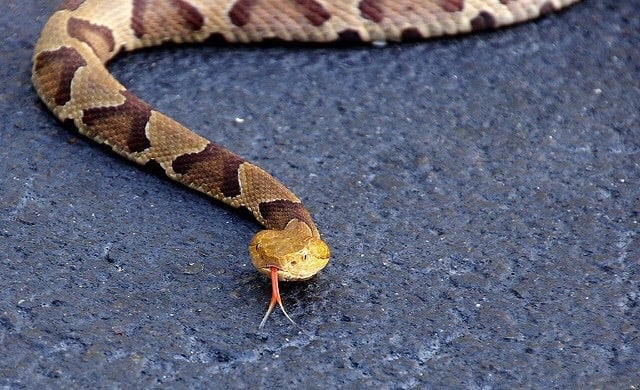



Baby Copperhead Snake Identification Guide Look For These 5 Things Embora Pets




Identifying Copperhead Snakes Home Garden Information Center




Snakes In Tn Watertown Transporting New House Middle School Tennessee Page 7 Baby Snakes Snake Poisonous Snakes




Identifying Copperhead Snakes Home Garden Information Center
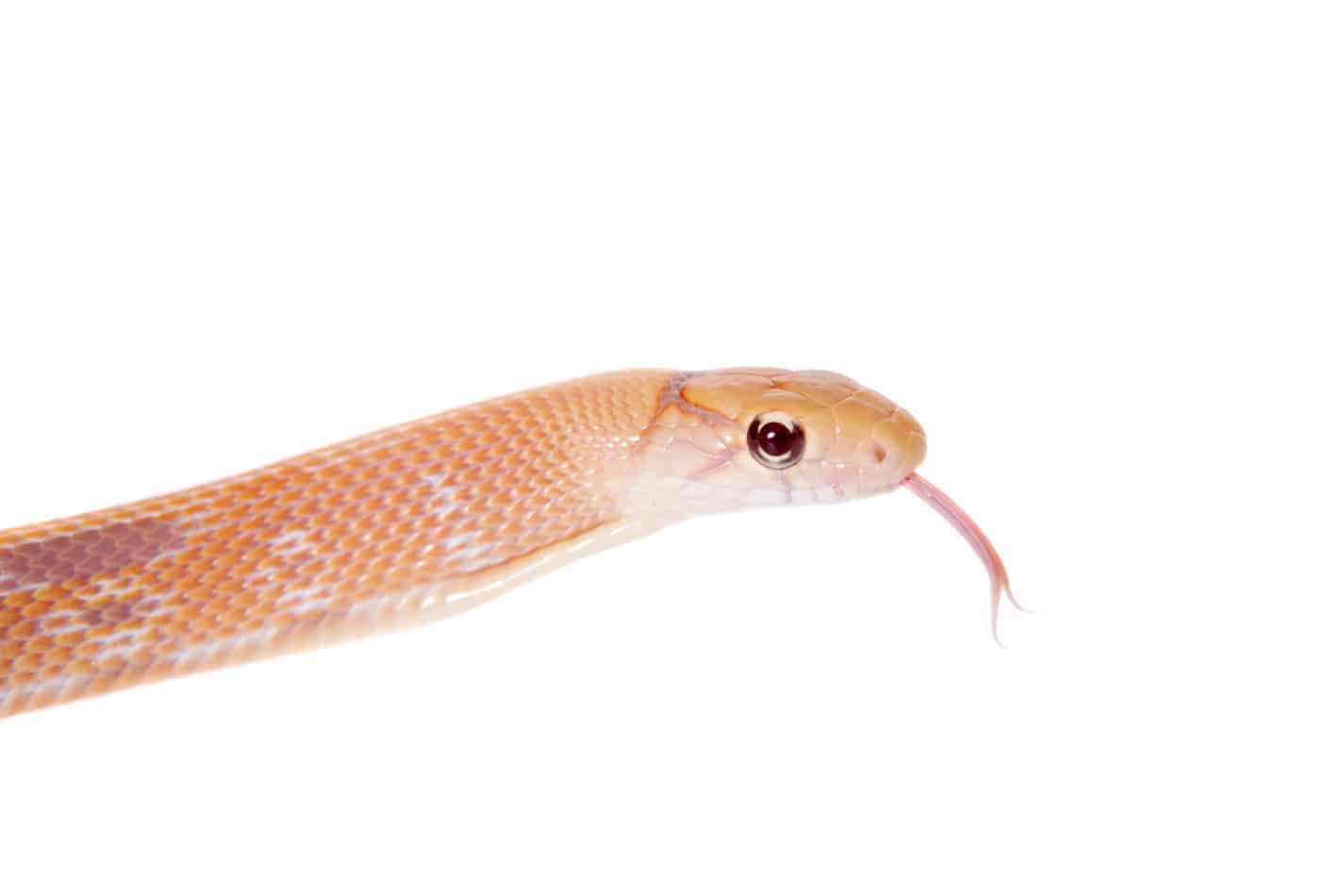



Baby Copperhead Snake Identification Guide Look For These 5 Things Embora Pets




Copperhead Snakes And Water Snakes The Infinite Spider
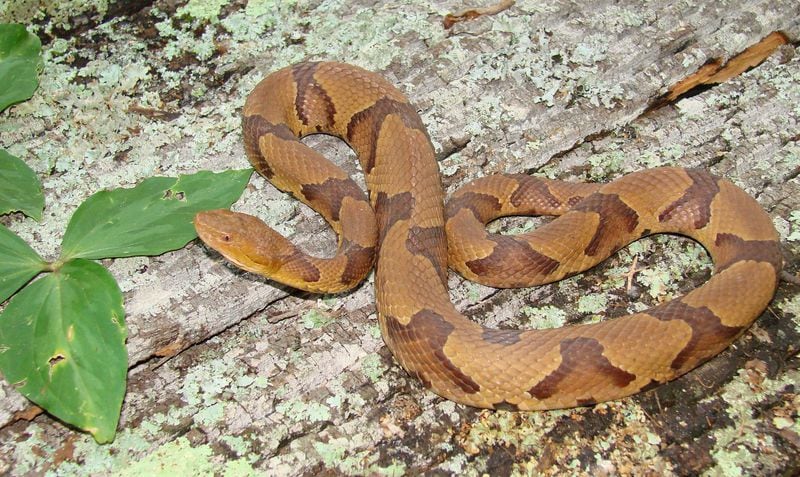



Venomous Snakes In Georgia What You Need To Know




Copperhead Vs Northern Water Snake Nature Watch



When Are Baby Copperheads Born In Nc Are They More Dangerous Raleigh News Observer




Watch Out For Copperhead Snakes Around Lake Hartwell Lake Hartwell Guide
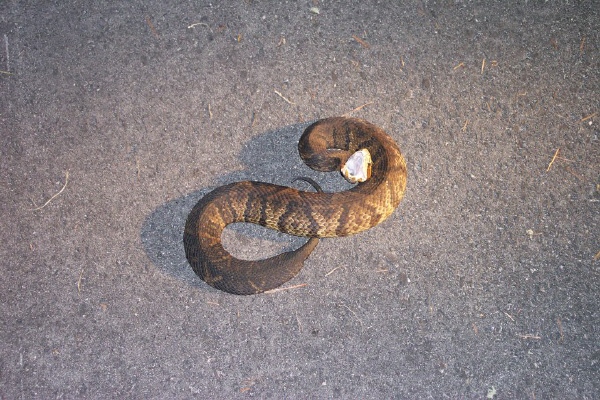



Venomous Snakes Of Georgia




Tis The Season For Babies Copperhead Babies That Is Foxcarolina Com




Cottonmouth Vs Copperhead Watch First Mating Duel Seen In The Wild
/cloudfront-us-east-1.images.arcpublishing.com/gray/4QT74KTJRNETPGMKYLIVXXBZT4.jpg)



State Laws Prohibit Killing Snakes In Georgia South Carolina
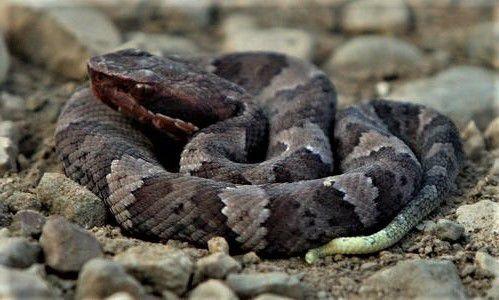



Yellowtails Bright Tip On A Juvenile Snake Id S It As A Pit Viper Copy Sports Timesleader Net
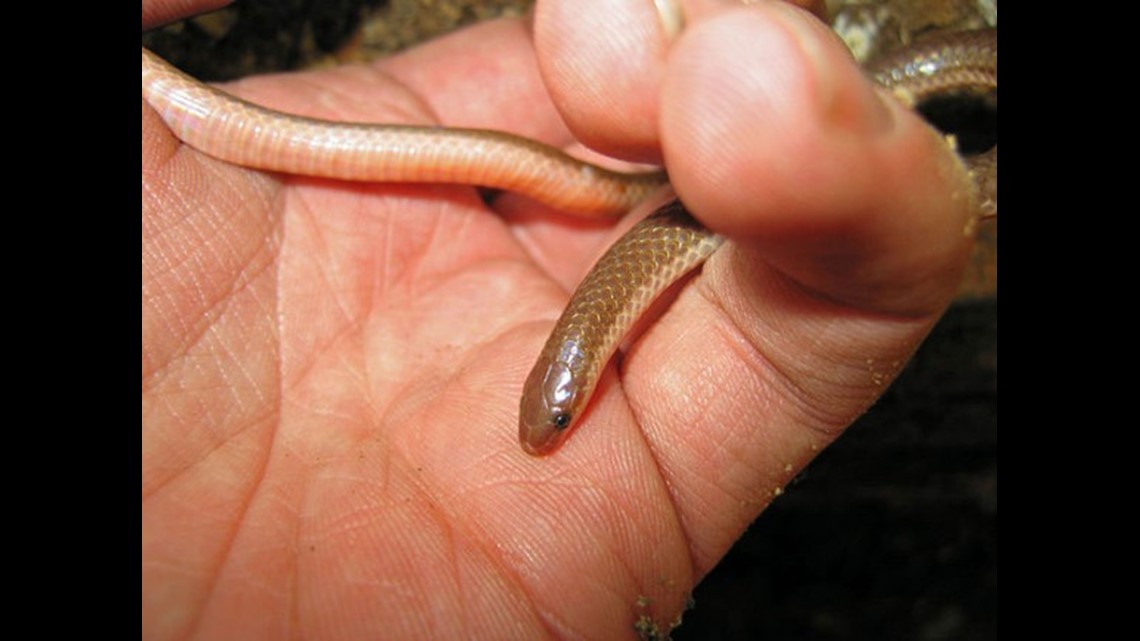



Watch Out For Baby Copperhead Snakes Wfmynews2 Com
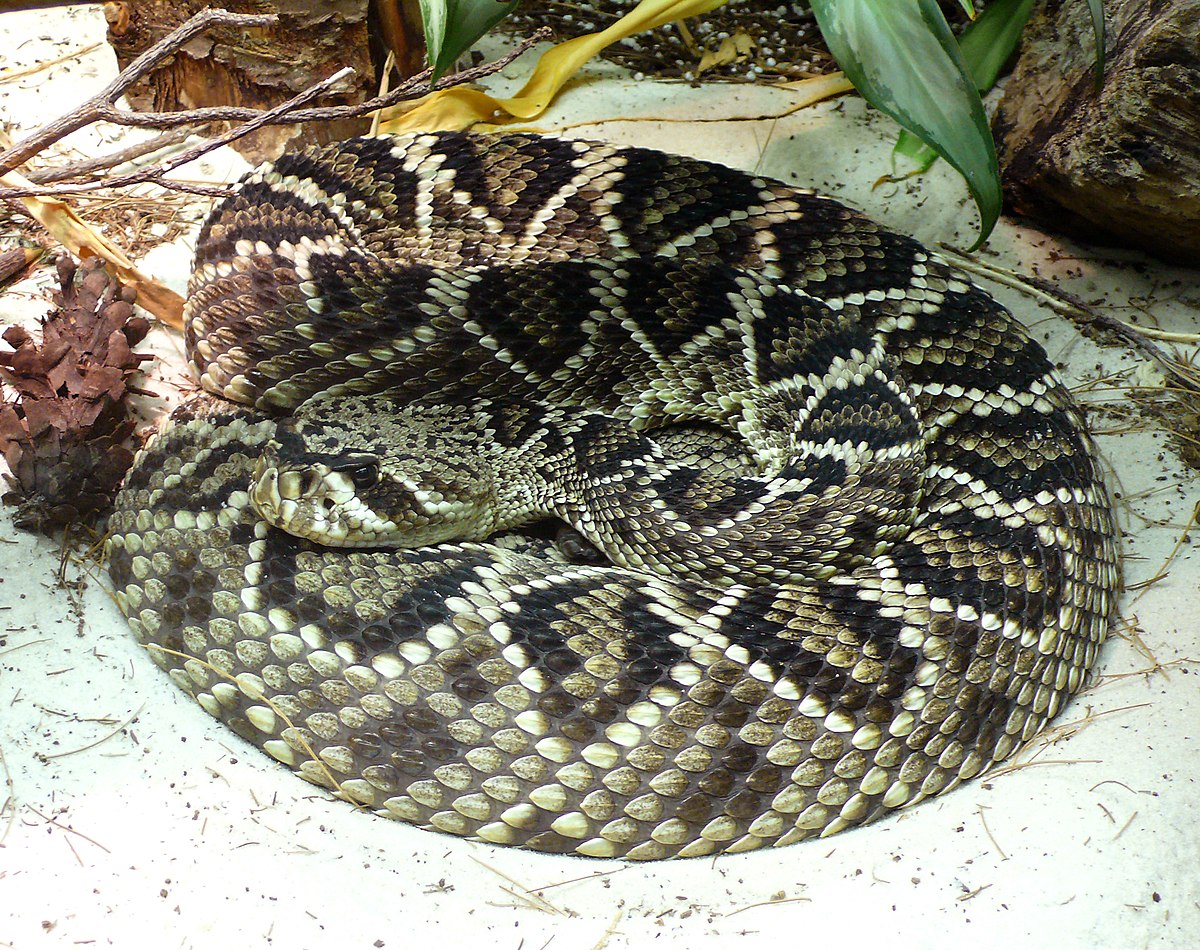



List Of Fatal Snake Bites In The United States Wikipedia




Species Profile Cottonmouth Water Moccasin Agkistrodon Piscivorus Srel Herpetology
/cloudfront-us-east-1.images.arcpublishing.com/gray/3LCL3M5K5FL25GEDOCMZNVHKEM.png)



4 Kids Bitten In 8 Days What To Know About Copperheads




Baby Copperheads How To Identify Them And Get Rid Of Them




A Field Guide To Commonly Misidentified Snakes
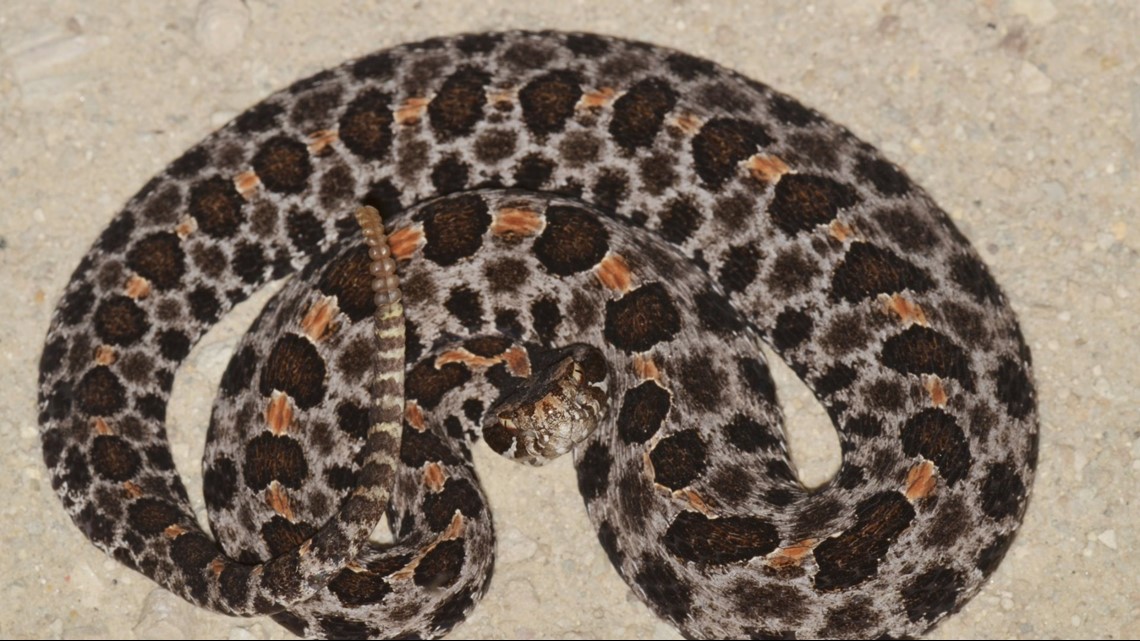



Watch Out For Baby Copperhead Snakes Wfmynews2 Com



Angry Copperheads Smell Like Cucumber Expert Lays Out Facts The State
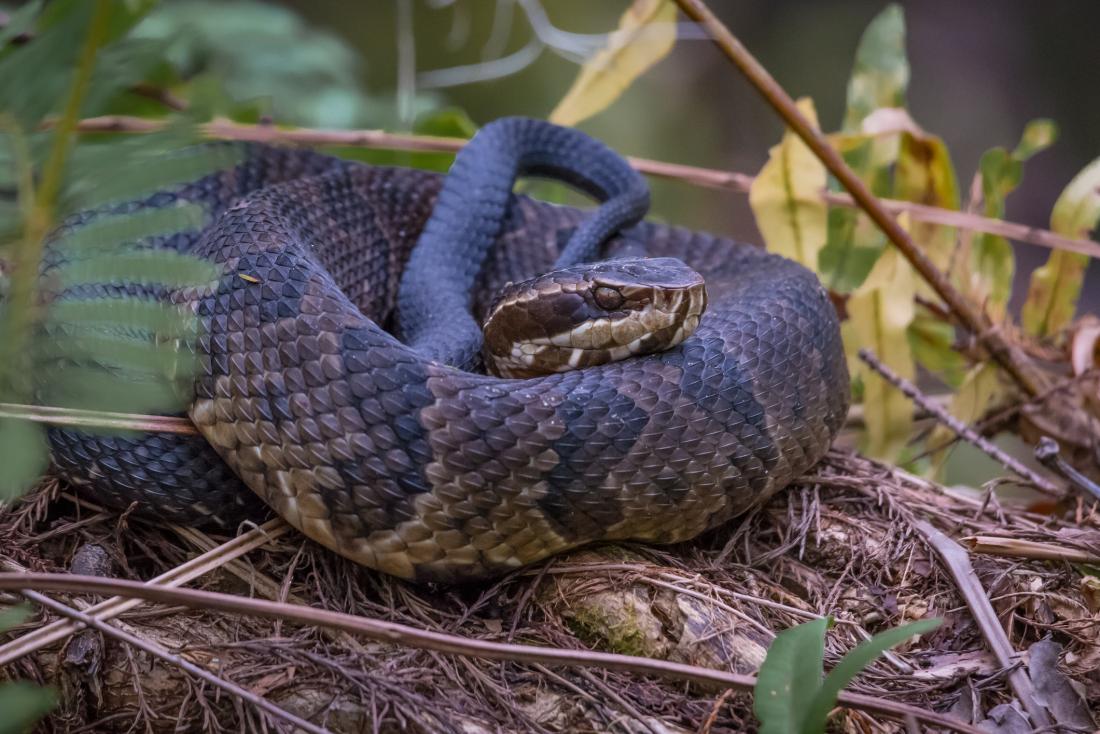



Snake Bites Symptoms Treatment And Types Of Snake



Baby Cottonmouth




Georgia Snakes Pictures And Identification Help
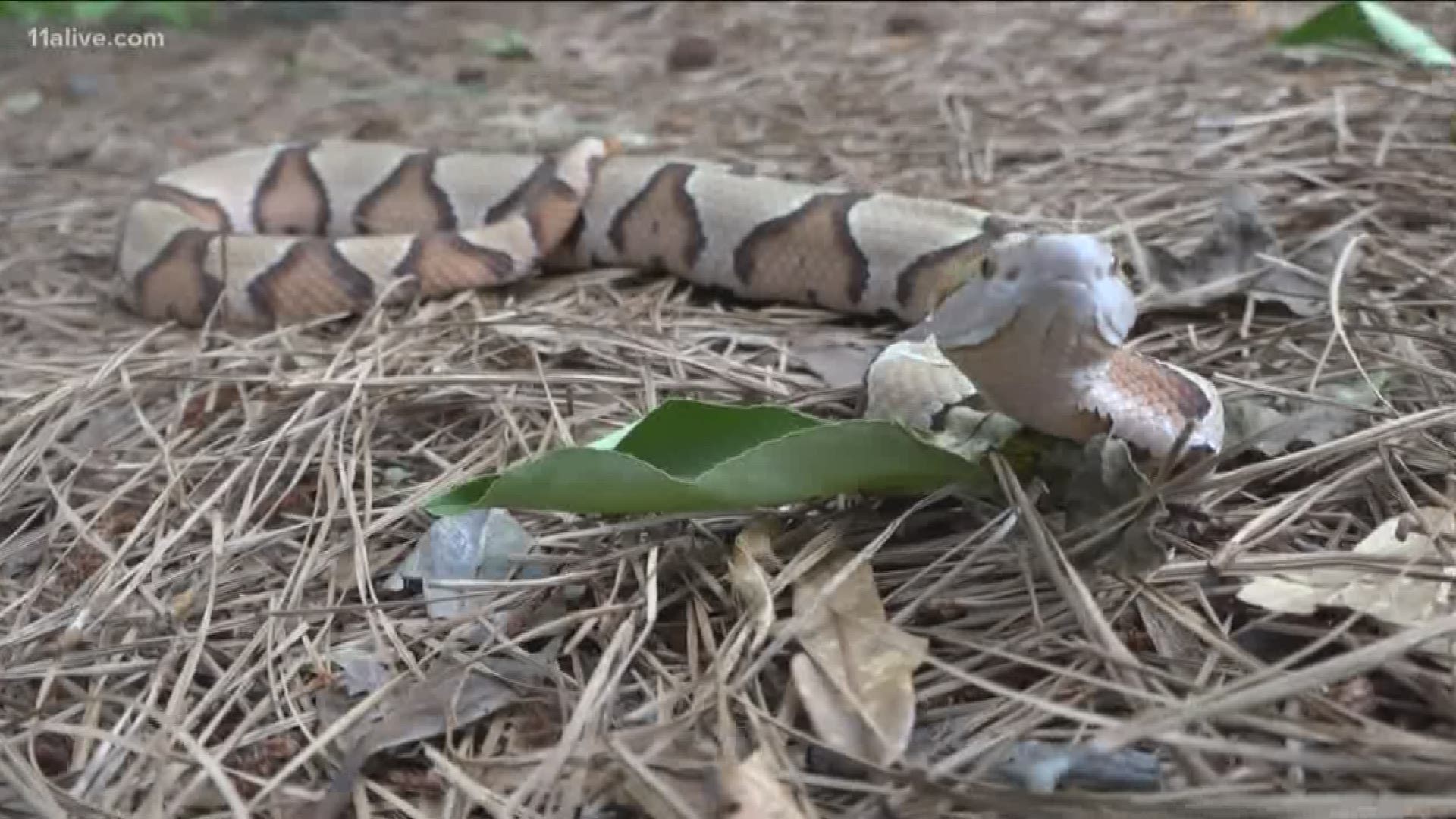



Snake Season In Georgia Survival Is About Respect Awareness And Knowing Truth From Myth 11alive Com



Cottonmouth Snake Information Facts




How To Get Rid Of Copperhead Snakes 21 Edition
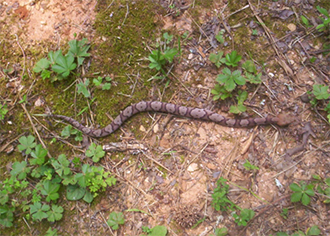



The Copperhead Snake Is Often Misidentified




Agkistrodon Piscivorus Wikipedia
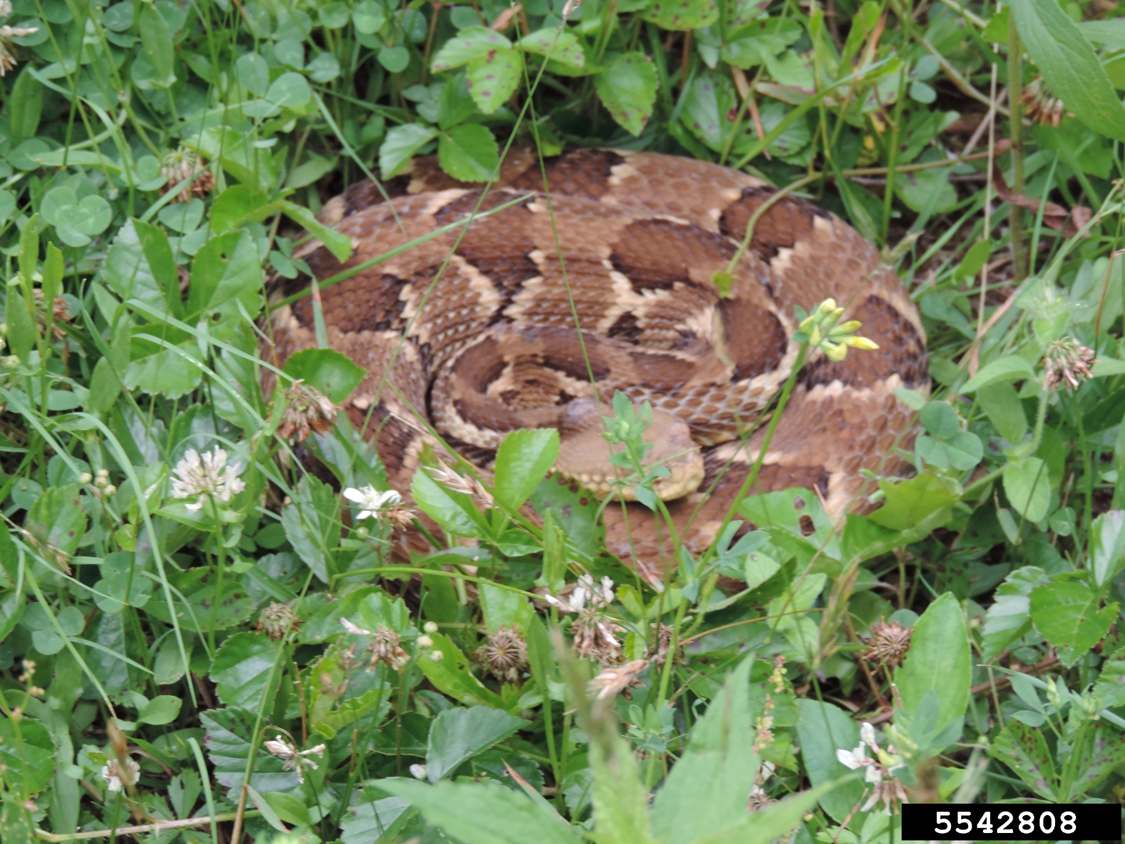



Identifying Copperhead Snakes Home Garden Information Center
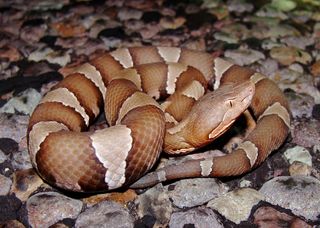



Fact Or Fiction Test Your Knowledge About Snakes Live Science




Copperhead Snakes And Water Snakes The Infinite Spider



0 件のコメント:
コメントを投稿